Cello Platinum P55ANSMT-4K Review
Cello Platinum P55ANSMT-4K Review
A cheap 4K TV with an integrated soundbar

Verdict
Pros
- Low-cost UHD display
- Gutsy soundbar
- Low input lag for gamers
Cons
- Not HDR compatible
- Outdated smart platform
- Basic picture processing
Key Specifications
- Review Price: £680
- 4K UHD 55-inch screen
- Integrated soundbar
- Android TV OS
What is the Cello Platinum P55ANSMT-4K?
Cello may not be a household name, but this UK company has been assembling low-cost TVs in its County Durham factory for some time. The Platinum range marks a move into the 4K market, and this 55-inch model sits between 50- and 65-inch stablemates. It’s an unashamedly value-orientated screen, albeit one that distinguishes itself with an integrated soundbar.
Related: Best value TVs
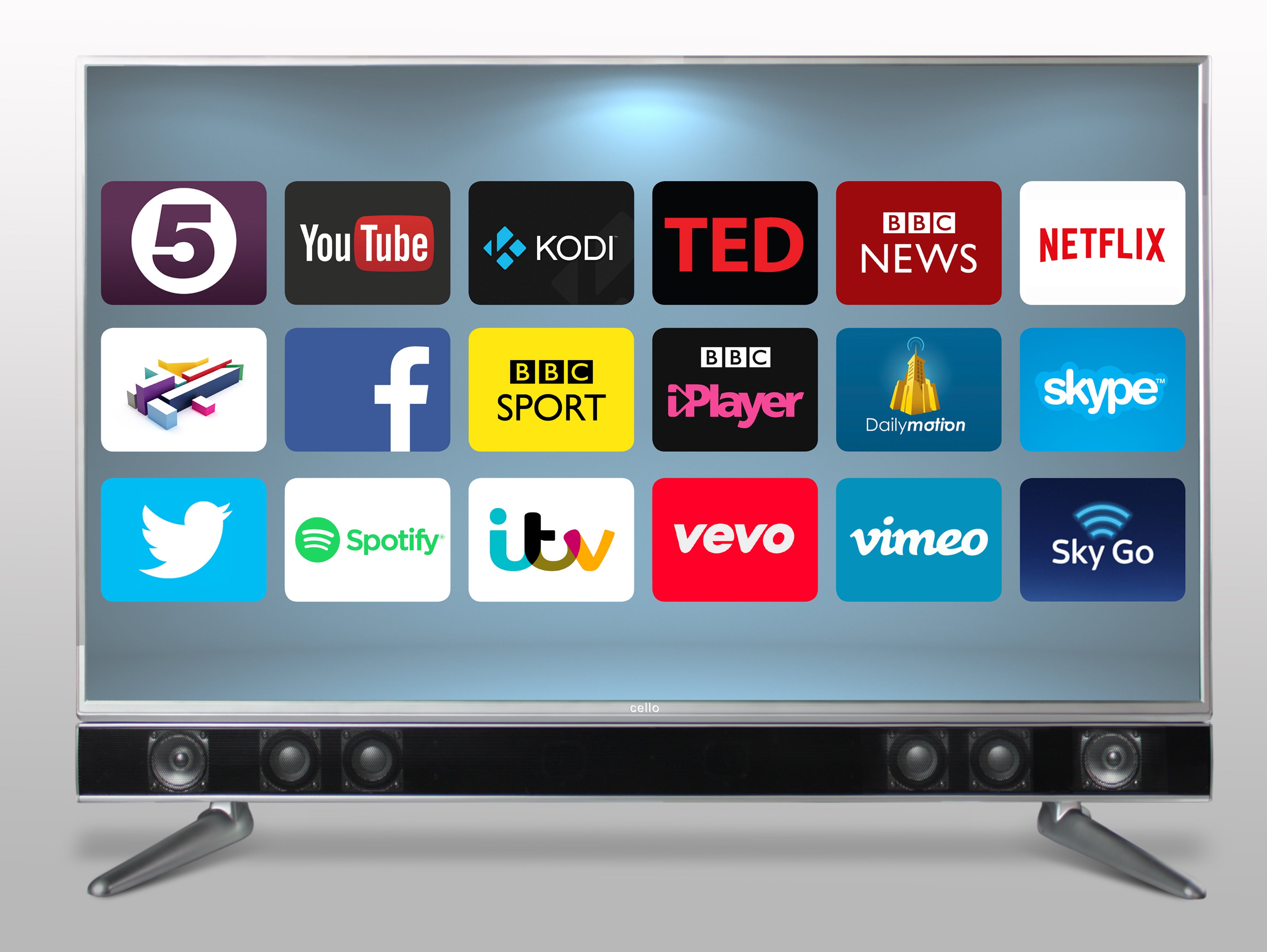
Cello Platinum P55ANSMT-4K – Design and build
At 88mm deep, this Cello certainly isn’t the thinnest TV in the aisle. Nevertheless, build quality is reassuringly solid. The silvery-look is bright and breezy, while the thin bezel is nicely finished.
The integrated soundbar – the distinguishing feature across the Platinum range – makes a feature of its forward-facing driver array, and looks suitably meaningful. It’s only the pedestal feet that disappoint: they’re plasticky and quite a faff to connect.
Connections comprise three 4K-capable HDMIs, a trio of 2.0 USBs, and legacy composite AV inputs. There’s also an optical digital audio output and micro SD card reader. The tuner is a routine Freeview HD offering.
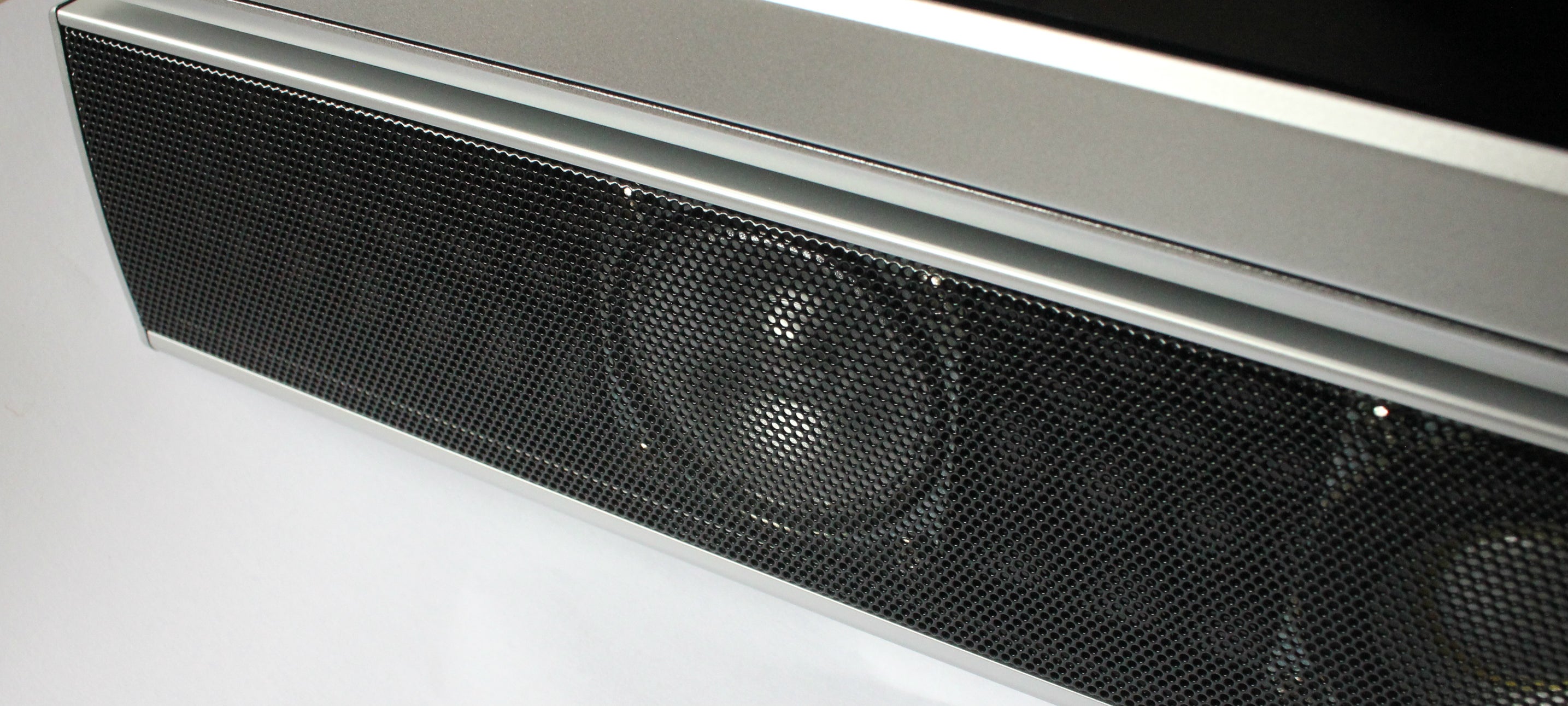
Cello Platinum P55ANSMT-4K – Features and usability
Cello’s smart platform is actually an early, basic iteration of the Android TV OS seen on screens from Sony and Philips. Frankly, it isn’t worth the effort of trying to set it up. Intrinsically a mobile platform, just navigating with an IR remote control is a pain.
My advice would be to simply hook up the TV to an Nvidia Shield TV or Amazon Fire TV media player, or get connected catch-up kicks via a games console or Blu-ray player.
The user interface is similarly simplistic. This isn’t a screen for tweakers. There are basic picture presets – namely Standard, Dynamic, Theatre and Personal – but no deeper adjustment of image parameters. Clearly, Cello is targeting a plug ‘n’ play consumer.
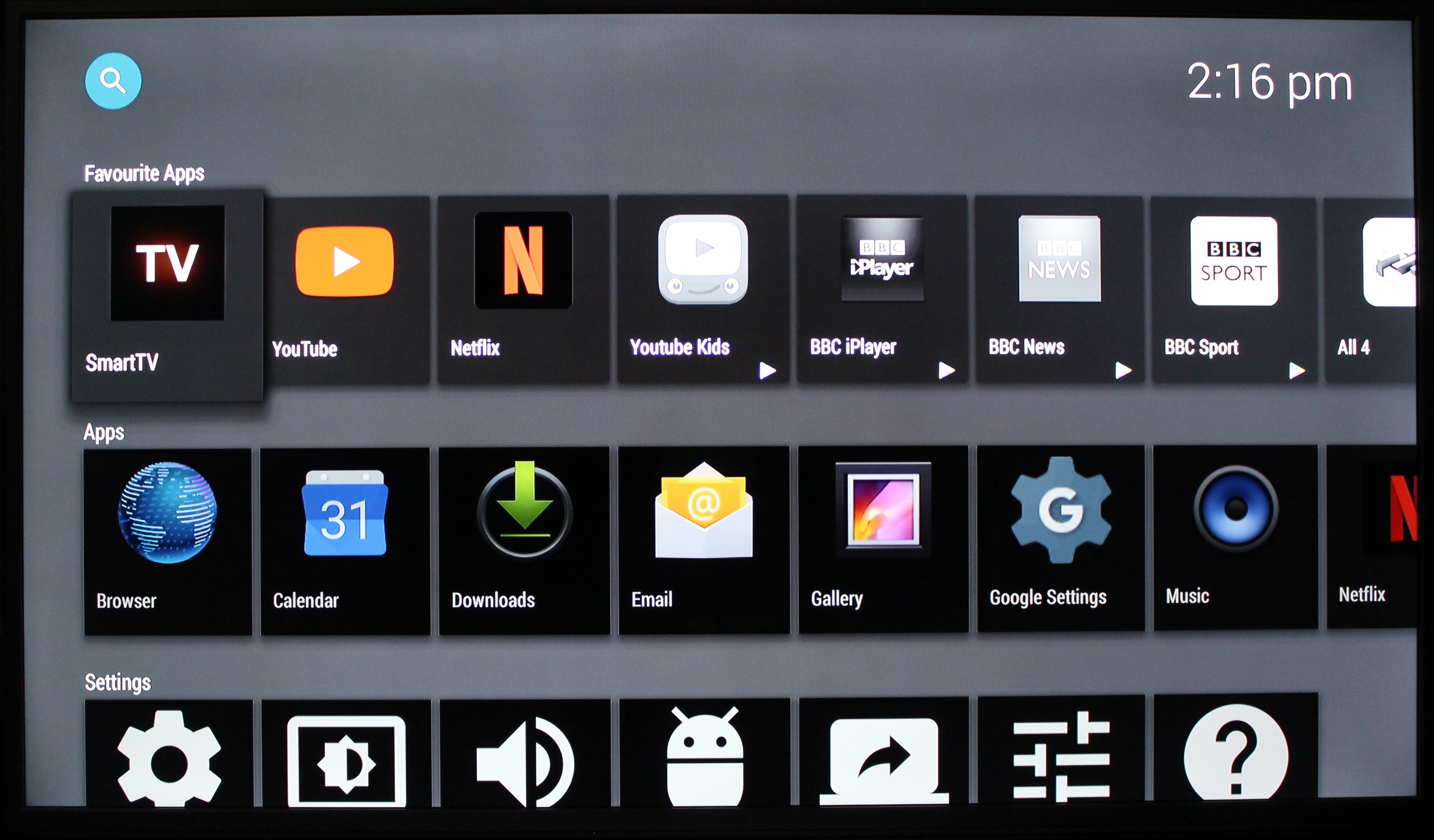
Cello Platinum P55ANSMT-4K – Performance
You need a big screen to do justice to the resolution bump offered by 4K UHD, and this Cello fits the bill. A barrage of test patterns confirm that it puts pretty much all you might expect from a native 2160p source on-screen.
Images are sharp and textured, and its propensity for fine detail is evidenced with Netflix melodrama The Crown (Ultra HD), which is all period costumes and finery.
HD content looks decent, too, although the set doesn’t do anything fancy with the upscale.
There are idiosyncrasies, however. The set has a 5% overscan as standard, and not only does this cut off some of the image but it compromises fine UHD detail too. To combat this, swap from HDMI Video mode (in the Picture setup menu) to HDMI PC Mode.
The Cinema mode, incidentally, zooms further into the picture, presumably to minimise letterbox black bars. However, this is at the expense of picture detail left and right. Film fans will be horrified.
The screen doesn’t have any interpolation modes to retain motion detail, but as a consequence doesn’t suffer from the soap opera effect either. It’s images are quite cinematic.
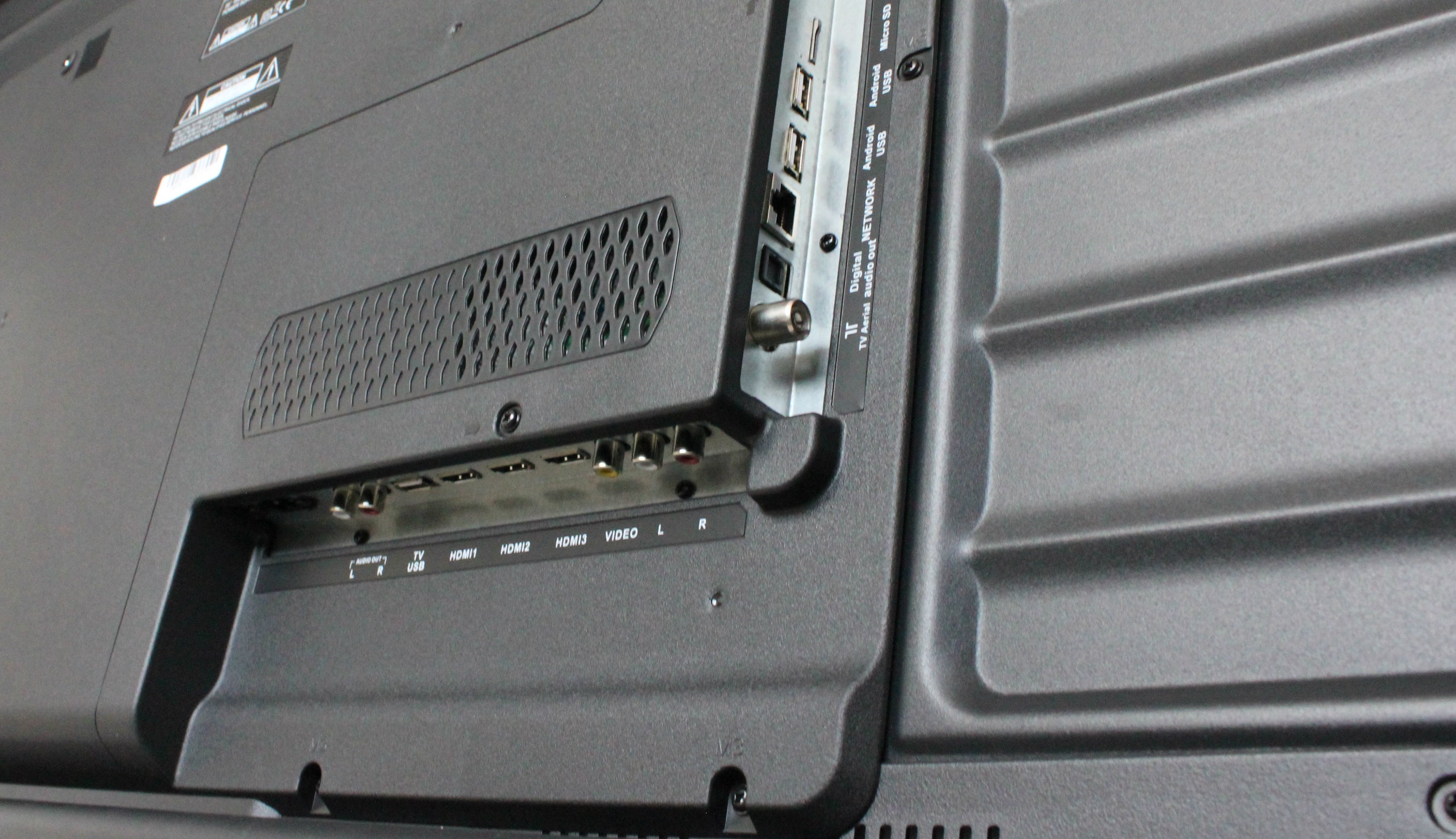
The set becomes particularly interesting when you factor input lag into the equation. The paucity of image processing actually helps keep lag low, which is good news for console gamers. I measured input lag at 30.3ms in HDMI Video mode (using the Standard preset), which isn’t bad – but this drops to just 26.5ms in HDMI PC mode.
Background uniformity is good. There’s a limit to its black level profundity, but colours are fittingly vibrant. With Netflix sitcom The Good Life, the set relishes the show’s colourful palette and reveals copious image depth and texture.
As mentioned, this 55-inch set isn’t HDR-compatible. In fact, it isn’t particularly bright at all. We measured a full white field at 175 cd/m2 (aka nits), with a 10% white window hitting just 184 cd/m2. This is a screen best viewed in lower lighting levels, not high ambient light.
While we achieved impressive results watching 4K discs using a Panasonic UHD Blu-ray player’s Dynamic Range Conversion feature, this is a TV ideally partnered with sources such as Sky Q, Netflix and Amazon streams, and regular Blu-ray players.
One obvious strength of this big Platinum is that soundbar. The six-driver array delivers a wide stereo spread with more body and tonality than any rival thin screen that uses downward (or even backward) firing speakers. It’s rated at 16w power output. Audio presets include Standard, Music, Movie, Sports and Personal, each of which offers a minor EQ change.
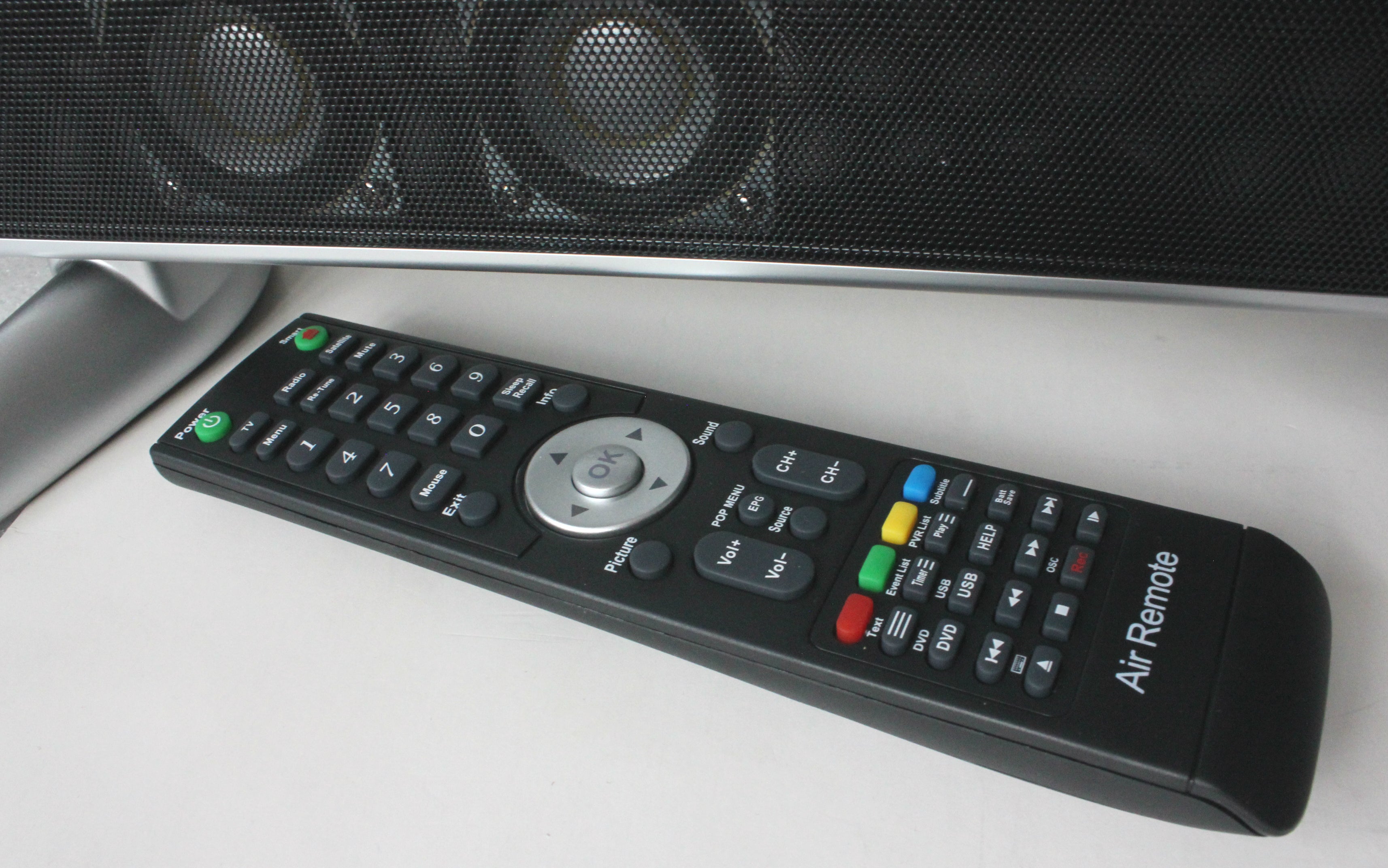
Why buy the Cello Platinum P55ANSMT-4K?
If you’re looking for a lot of sound and vision for your money, this Cello is worth shortlisting. It’s a big, bruising 4K screen with a forward-facing sound system that will save an additional investment in a separate soundbar.
It isn’t by any means svelte, but the cosmetic finish is good. Don’t try to persevere with the Android platform, though – life’s too short.
Of course, the budget TV market isn’t short on options. Philips has well-specified 6 Series UHD models with Ambilight, while Hisense offers a rival UHD line with HDR support. Both also have Freeview Play tuners and well-connected smart portals.
Related: Best TVs
Verdict
If you’re after a big 4K screen for gaming, this is certainly worth a shot.
How we test televisions
We test every TV we review thoroughly over an extended period of time. We use industry standard tests to compare features properly. We’ll always tell you what we find. We never, ever, accept money to review a product.


